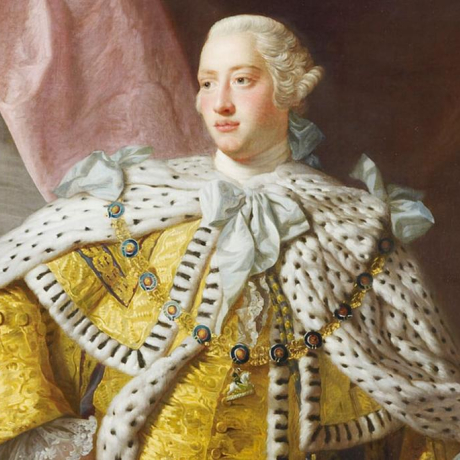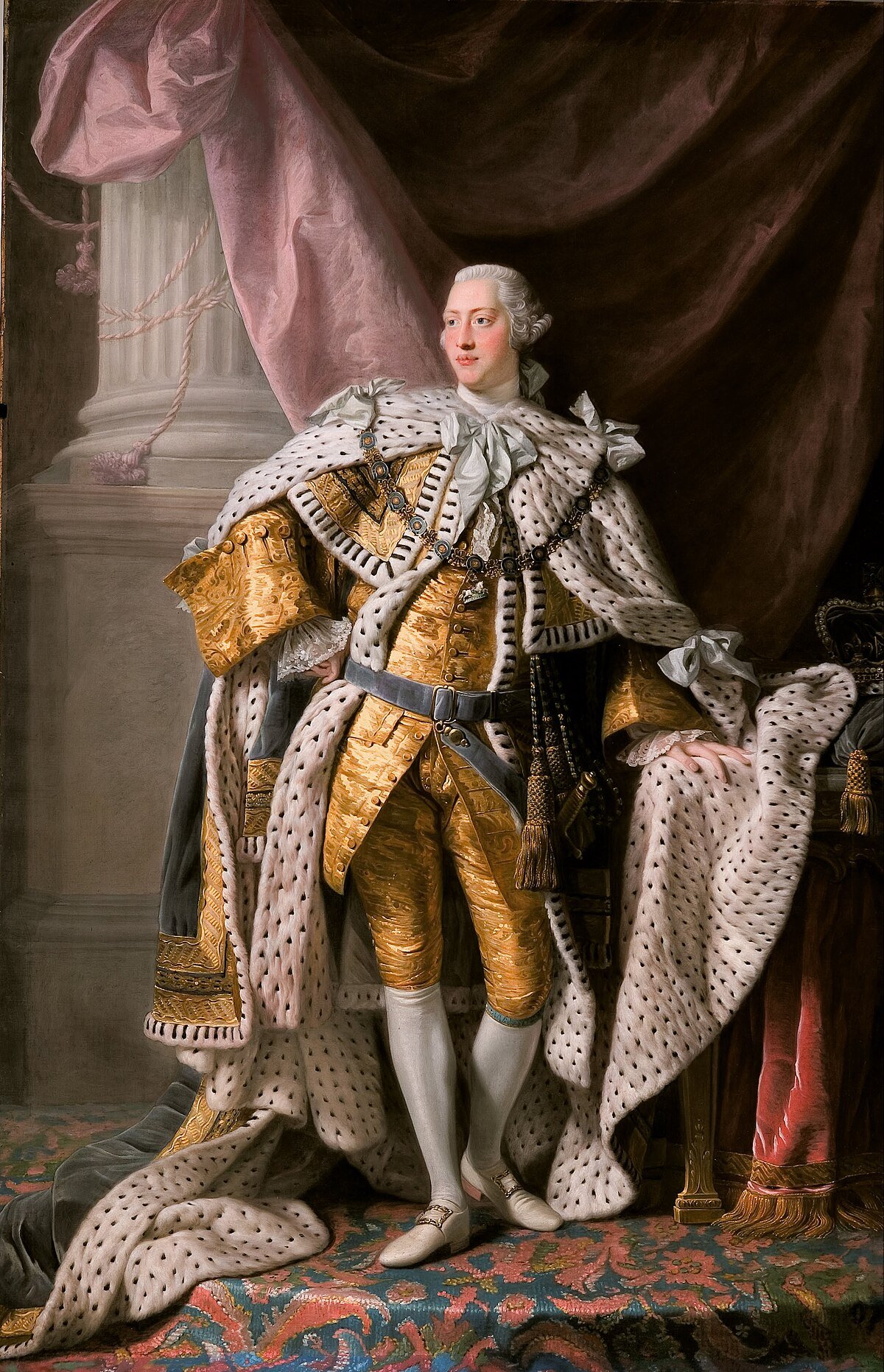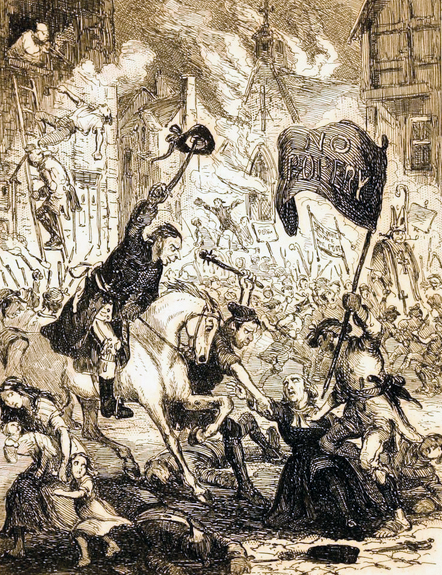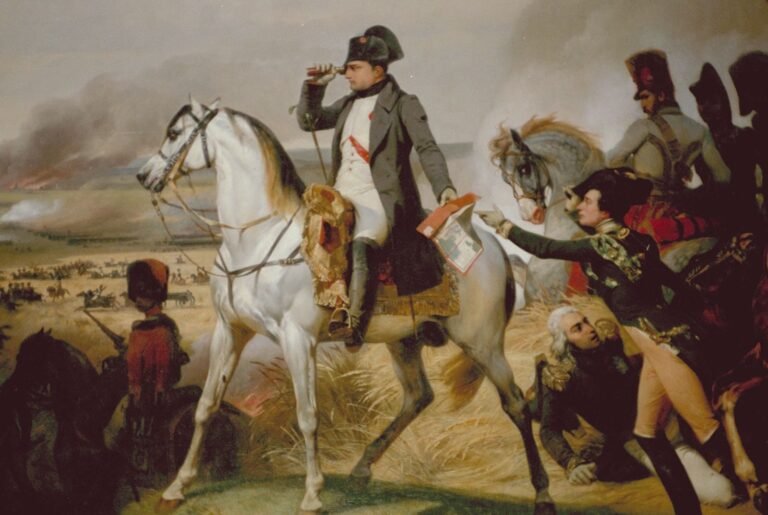King George III was a significant figure in British history. His reign saw major events that shaped the modern world.
Born in 1738, George III became king in 1760. He ruled during a time of great change, including the American Revolution and the Napoleonic Wars. Despite facing challenges, his influence was profound. George III’s long reign, lasting 60 years, witnessed both triumphs and setbacks.
He is often remembered for his struggles with mental health, which affected his rule. Yet, his legacy endures, offering insights into the complexities of monarchy and leadership. Understanding King George III helps us appreciate the intricate history of Britain and its impact on the world stage. Dive into the life of this monarch and discover his enduring legacy.

Early Life
King George III, one of Britain’s longest-reigning monarchs, had a fascinating early life. This period shaped his character and future reign. Understanding his beginnings helps us grasp his later decisions and actions.
Birth And Family
George William Frederick was born on June 4, 1738. His parents were Frederick, Prince of Wales, and Princess Augusta of Saxe-Gotha. George was born in London at Norfolk House. He was the eldest son and destined for the throne. His family was part of the House of Hanover, a German royal dynasty.
George had eight siblings. The family emphasized duty and tradition. They were close-knit yet faced many pressures. His father, Frederick, died when George was just 12. This left a significant impact on young George. He became the heir apparent under his grandfather, King George II.
Education And Upbringing
George’s education was thorough and rigorous. He had various tutors and mentors. The focus was on languages, science, and the arts. He learned Latin, French, and German. His studies also included mathematics, astronomy, and history.
George’s upbringing stressed moral and religious values. His mother, Augusta, was very influential. She wanted him to be a virtuous and wise ruler. The young prince was also trained in statecraft and diplomacy. He learned about governance and politics from an early age.
George was also exposed to military training. This was common for royal heirs. He showed interest in various subjects, displaying a keen mind. His education was not just academic. It also included physical activities like horse riding and fencing.
In summary, King George III’s early life was marked by intense education and a strong sense of duty. His family background and upbringing played crucial roles in shaping his future reign.

Credit: www.britannica.com
Ascension To The Throne
King George III became the ruler of Great Britain and Ireland. His ascension marked the beginning of a long and eventful reign. In this section, we will explore his journey to the throne and the early challenges he faced.
Becoming King
George III was born on June 4, 1738. He was the grandson of King George II. He became the heir apparent after the death of his father, Prince Frederick. George III ascended to the throne on October 25, 1760, at the age of 22. His mother, Princess Augusta, played a significant role in preparing him for kingship.
Early Reign Challenges
During the early years of his reign, George III faced many challenges. One of the most significant was the Seven Years’ War. This conflict put a strain on the British economy. The war ended in 1763, leaving Britain with a large debt.
- Economic strain due to war
- Political instability within the kingdom
- Tensions with American colonies
Another challenge was the growing tension with the American colonies. Colonists were unhappy with British policies and taxes. This dissatisfaction eventually led to the American Revolution.
Despite these difficulties, George III remained determined. He worked to manage the kingdom’s finances and maintain control over the colonies. His reign was marked by efforts to strengthen the British monarchy.
In summary, King George III’s ascension was filled with obstacles. His early reign set the stage for significant historical events. The challenges he faced shaped his rule and the future of the British Empire.
Political Landscape
The political landscape during King George III’s reign was complex and dynamic. His rule saw significant changes in Britain’s governance. He faced various challenges and transformations that shaped the political scene.
Parliament Relations
King George III had a complicated relationship with Parliament. At times, he tried to exert more control over its decisions. This often led to tensions between the monarchy and elected representatives. The king’s influence was notable in the early years of his reign. Yet, over time, Parliament’s power grew stronger, limiting royal authority.
His attempts to maintain influence included appointing loyal ministers. These efforts sometimes backfired, causing political strife. The American Revolution further strained relations. Parliament’s role in governance became more prominent as a result.
Key Advisors
King George III relied on several key advisors during his reign. One of the most influential was Lord North. North served as Prime Minister during critical years. His advice and actions were pivotal in the American conflict. Another significant advisor was William Pitt the Younger. Pitt became Prime Minister at a young age and provided strong leadership.
These advisors shaped policies and decisions. They helped navigate the political challenges of the time. Their counsel was crucial for the king, especially during crises. The advisors played a key role in maintaining stability in the kingdom.
Overall, King George III’s political landscape was marked by evolving power dynamics. His interactions with Parliament and reliance on advisors defined his reign.

Credit: www.royal.uk
American Revolution
The American Revolution was a pivotal event in history. It marked the birth of the United States and the end of British rule. King George III played a significant role during this period. His policies and decisions were central to the conflict. Let’s explore this era under his reign.
Colonial Tensions
During King George III’s reign, tensions between the colonies and Britain grew. The colonists felt oppressed by British taxes and laws. They were unhappy with the Stamp Act and the Townshend Acts. These taxes were seen as unfair. The colonists had no representation in Parliament. This led to the famous slogan, “No taxation without representation.”
Protests and boycotts became common. The Boston Tea Party was a key event. Colonists dumped British tea into the harbor. This act of defiance angered King George III. He saw it as a direct challenge to British authority. In response, he imposed the Intolerable Acts to punish the colonies.
War And Its Aftermath
The American Revolution began in 1775. It was a fight for independence from Britain. The colonists formed the Continental Army. George Washington was their leader. They faced many hardships. But their determination was strong.
King George III was determined to keep the colonies under British control. He sent more troops and resources to the conflict. Despite his efforts, the British faced significant losses. The Battle of Yorktown in 1781 was a turning point. British forces surrendered, marking the end of major combat.
| Event | Year | Outcome |
|---|---|---|
| Stamp Act | 1765 | Colonial protest |
| Boston Tea Party | 1773 | Intolerable Acts |
| Battle of Yorktown | 1781 | British surrender |
The Treaty of Paris was signed in 1783. This treaty recognized American independence. King George III had to accept the loss of the colonies. This was a significant moment in his reign. It reshaped the political landscape of the world.
Domestic Policies
King George III’s reign saw significant domestic policies that aimed to reshape Britain’s economic and social landscape. His decisions influenced many aspects of everyday life and the nation’s future.
Economic Reforms
During King George III’s rule, several economic reforms were introduced. One of his main focuses was to reduce the national debt, which had increased due to wars.
- He supported taxation reforms to increase revenue.
- He promoted agricultural advancements to boost food production.
- Trade regulations were revised to enhance international commerce.
These measures aimed to stabilize the economy and ensure sustainable growth.
Social Changes
King George III’s era also witnessed significant social changes. His policies aimed to improve the well-being of the British people.
- He encouraged the construction of schools to improve education.
- He supported the establishment of hospitals to enhance healthcare.
- He promoted public welfare programs to assist the poor.
These initiatives aimed to create a more equitable society and improve living standards.
Personal Struggles
King George III faced many personal struggles during his reign. These struggles shaped his legacy and affected his rule. Let’s explore some of the challenges he faced.
Mental Health Issues
King George III is well-known for his mental health problems. He experienced bouts of severe mental illness. These episodes were often characterized by confusion, hallucinations, and agitation.
Doctors at the time were unable to diagnose his condition accurately. Some historians believe he suffered from porphyria, a genetic disorder affecting the nervous system. Others suggest he may have had bipolar disorder.
His mental health issues affected his ability to govern. During his periods of illness, he could not make important decisions. This caused instability in the government and concern among his subjects.
Family Dynamics
King George III’s family life was also troubled. He had a large family, with 15 children. Managing such a large family brought its own challenges.
| Family Member | Relationship with George III |
|---|---|
| Queen Charlotte | Wife |
| George IV | Eldest son |
| Frederick, Duke of York | Second son |
His relationship with his eldest son, George IV, was particularly strained. George IV had different political views and often opposed his father. This conflict created tension within the royal family and the government.
King George III also faced sadness with the deaths of his children. He lost two sons and a daughter at a young age. These losses deeply affected him and added to his personal struggles.
Later Years
The later years of King George III’s reign were marked by personal and national challenges. His health declined, and his mental state became a significant concern. These issues led to critical events that shaped the end of his rule.
Regency Crisis
In 1788, King George III experienced a severe mental illness episode. This crisis caused alarm throughout the kingdom. Parliament debated on how to handle the situation. They decided to appoint his son, George IV, as Prince Regent. The Regency Act of 1811 formalized this arrangement. George IV ruled in his father’s stead, managing the kingdom’s affairs. This period, known as the Regency Era, was crucial for British politics and culture.
Legacy And Death
King George III’s health continued to deteriorate. He suffered from blindness and dementia. Despite his challenges, he remained a symbol of stability. He passed away on January 29, 1820. His death marked the end of an era. People remember him for his long reign and the struggles he faced. His legacy includes the loss of the American colonies and the Napoleonic Wars. Yet, he is also remembered for his dedication to duty and country.
Impact On British History
King George III reigned during a time of great change. His rule saw both conflict and progress. This period shaped modern Britain in many ways.
Long-term Effects
King George III’s reign influenced Britain’s political landscape. The loss of the American colonies marked a significant shift. It changed how Britain approached its empire. This loss led to reforms in governance and military strategy.
Domestically, King George III’s time saw industrial advancements. The Industrial Revolution began under his rule. This era brought technological progress and urban growth. The changes impacted British society and economy profoundly.
Modern Perception
Today, King George III is often remembered for his mental illness. Many people know him as the “mad king.” This view can overshadow his contributions. But recent studies offer a more balanced perspective.
Historians now recognize his efforts in education and agriculture. King George III supported scientific research and farming improvements. These efforts had lasting benefits for Britain.
King George III’s reign is complex. His impact on British history is undeniable. His legacy continues to shape modern perceptions.
FAQs
Who Was King George III?
King George III was the King of Great Britain and Ireland. He reigned from 1760 to 1820.
What Was King George III Known For?
King George III is known for his long reign and the American Revolutionary War. He also faced significant political challenges.
Why Did The American Colonies Revolt Against King George III?
The American colonies revolted due to high taxes and lack of representation. They wanted independence from British rule.
How Did King George III’s Reign Impact Britain?
His reign saw the expansion of the British Empire. It also experienced significant political and social changes.
Conclusion
King George III’s reign was marked by significant events and challenges. He faced wars, political changes, and personal struggles. His rule shaped history and left a lasting legacy. Studying his life helps us understand the past better. His story is a reminder of the complexities of leadership.
History often repeats itself. Learning about leaders like King George III can provide valuable insights. Understanding their experiences helps us appreciate our present.








